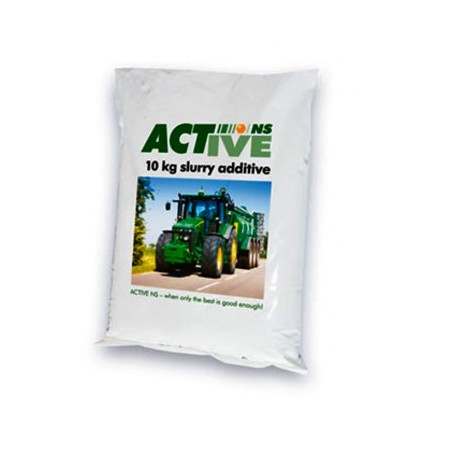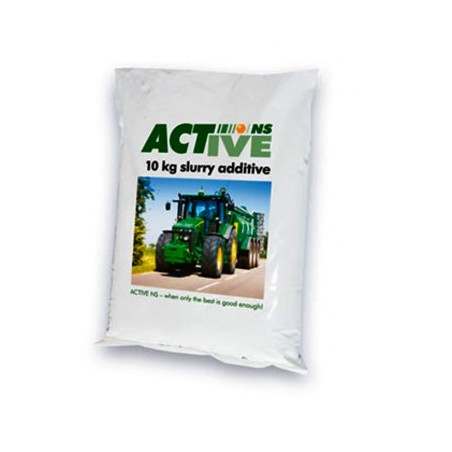There have been revisions in the composition of swine diets in the last two decades that not only improved production profitability but also had potential environmental benefits. Among other changes, the use of phytase in feed has enabled lower total P concentrations. Nitrogen, specifically protein, concentrations are expected to be lower, and certain trace elements were also expected to change. In this study, analyses of 1195 swine slurry manure samples from various barn types in Manitoba, Canada, collected from 1997 to 2002 were compared with similar analyses from 2010 and 2017.
Concentrations of P were significantly lower in 2017, from a median in sow barns of 28.0 g kg−1 dry weight (dw) in 1998 to 2002 to 20.6 g kg−1 dw in 2010 and 2017, and from a median in feeder finisher barns of 24.1 g kg−1 dw in 1998 to 2002 to 18.7 g kg−1 dw in 2010 and 2017. Total N levels did not change with time, but the fraction of manure N that was NH4 decreased. Zinc concentrations were consistently higher in nursery manures than in other swine manures and increased from a median of 2800 mg kg−1dw in nursery barns in 1998 to 2002 to 5580 mg kg−1 dw in nursery barns in 2010 and 2017. Concentrations of most other trace elements decreased over this time period. With the exception of Zn from nursery barns, these temporal changes should lessen the potential for environmental consequences from swine manure application to land.

Sheppard, S. C. 2019. Elemental Composition of Swine Manure from 1997 to 2017: Changes Relevant to Environmental Consequences. J. Environ. Qual. 48:164-170. doi:10.2134/jeq2018.06.0226






